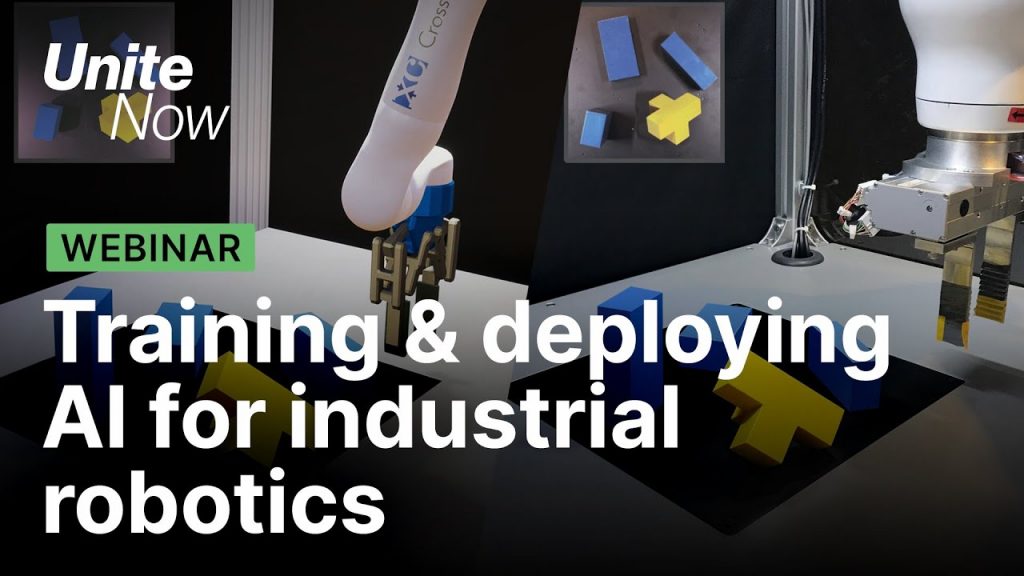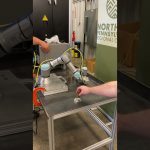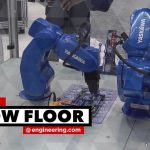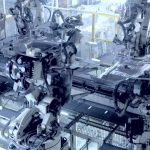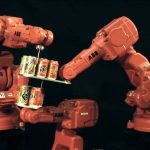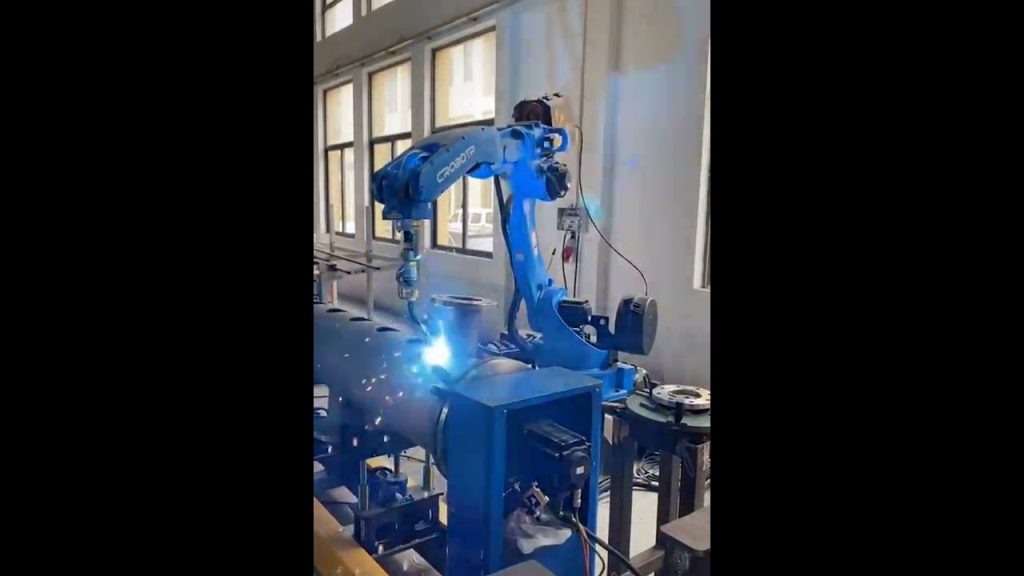Skip the Time-consuming Data Collection with Industrial Robot Training in Unity
In today’s rapidly evolving world, the use of robotics and artificial intelligence (AI) has become increasingly prevalent in various industries. Industrial robots, in particular, have proven to be highly efficient and effective in performing repetitive tasks with precision. However, training these robots to perform specific tasks can be a time-consuming and complex process. But what if there was a way to streamline this process and make it more efficient? That’s where Industrial Robot Training in Unity comes into play.
Unity, a powerful game development platform, is now being used as a training ground for industrial robots. By leveraging the capabilities of Unity, engineers can create virtual environments that simulate real-world scenarios, allowing robots to learn and adapt to different situations more effectively. This approach, known as domain randomization, revolutionizes the traditional data collection process for training AI in robotics.
So, what exactly is domain randomization? Simply put, it involves exposing the AI to a wide range of simulated environments, each with varying parameters, such as lighting conditions, object textures, and physics properties. By subjecting the AI to these diverse scenarios, it becomes more robust and capable of handling real-world complexities. This technique eliminates the need for manual data collection, as the AI learns to generalize from the wide range of virtual experiences.
The benefits of training industrial robots entirely in Unity are manifold. Firstly, it significantly reduces the time and effort required for data collection. Instead of manually recording thousands of data points, engineers can now rely on the power of simulation to generate a vast amount of training data. This not only speeds up the training process but also ensures a more comprehensive dataset for the AI to learn from.
Secondly, training in Unity enables engineers to iterate and fine-tune the AI algorithms more efficiently. Since the virtual environment can be easily modified and adjusted, engineers can experiment with different parameters and scenarios to optimize the AI’s performance. This iterative process allows for continuous improvement and refinement, leading to better-trained robots that can handle complex tasks with ease.
Moreover, training in a simulated environment reduces the risk of damage to physical equipment. Industrial robots are often expensive and delicate, and any mistakes during the training process can result in costly repairs or replacements. By training in Unity, engineers can eliminate these risks and ensure that the robots are well-prepared for real-world applications.
In addition to the advantages mentioned above, Industrial Robot Training in Unity also offers scalability. Once the AI models are trained and validated in the virtual environment, they can be easily transferred to the physical robots. This seamless transition allows for rapid deployment and integration into existing industrial systems, saving both time and resources.
As the demand for industrial robots continues to grow, the need for efficient training methods becomes paramount. Industrial Robot Training in Unity offers a groundbreaking solution that not only accelerates the training process but also enhances the performance and adaptability of robots in real-world scenarios. By embracing this innovative approach, industries can unlock the full potential of AI-powered robotics and stay ahead in today’s competitive landscape.
Check the coil packing solution with a leading manufacturer for the professional solution just here:
[Insert relevant call-to-action]
References:
– Industrial Robot Training. Retrieved from [Insert reference source]
– Training & Deploying AI for Industrial Robotics | Unite Now 2020. Retrieved from [Insert reference source] Industrial Robot
“Mastering AI for Industrial Robotics: Unite Now 2020 Insights and Comprehensive Training”

